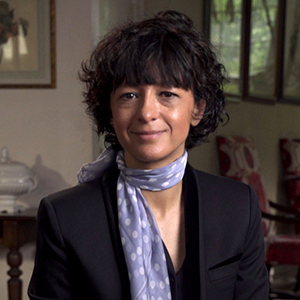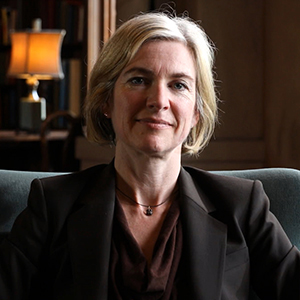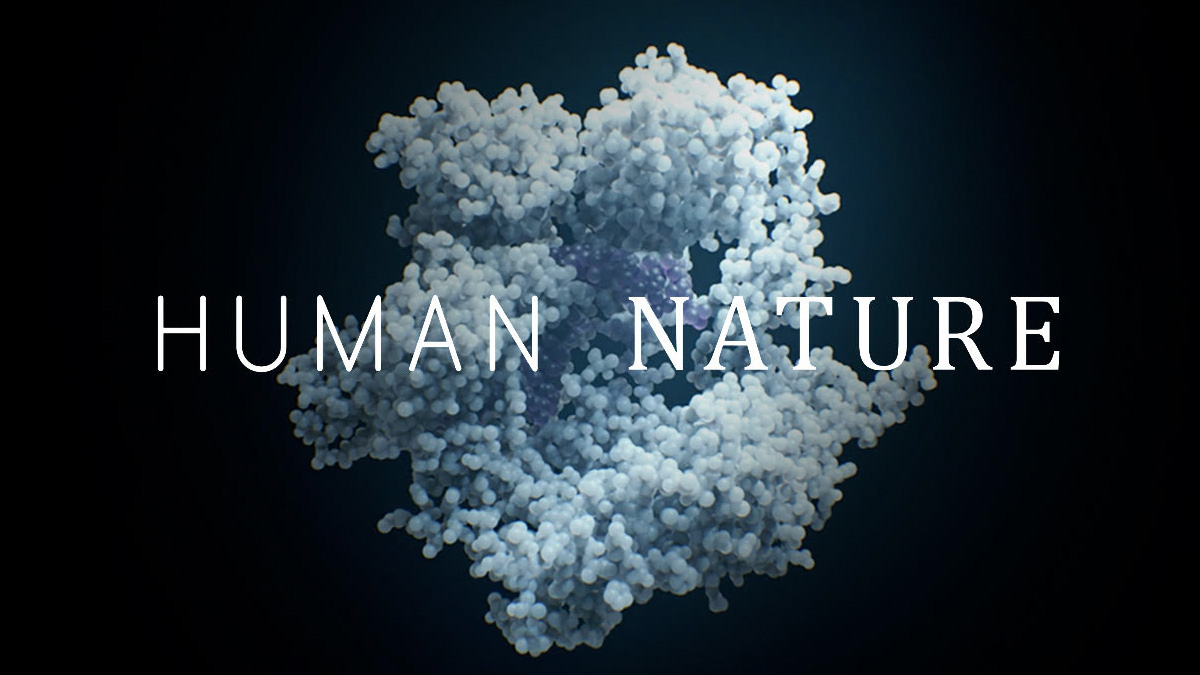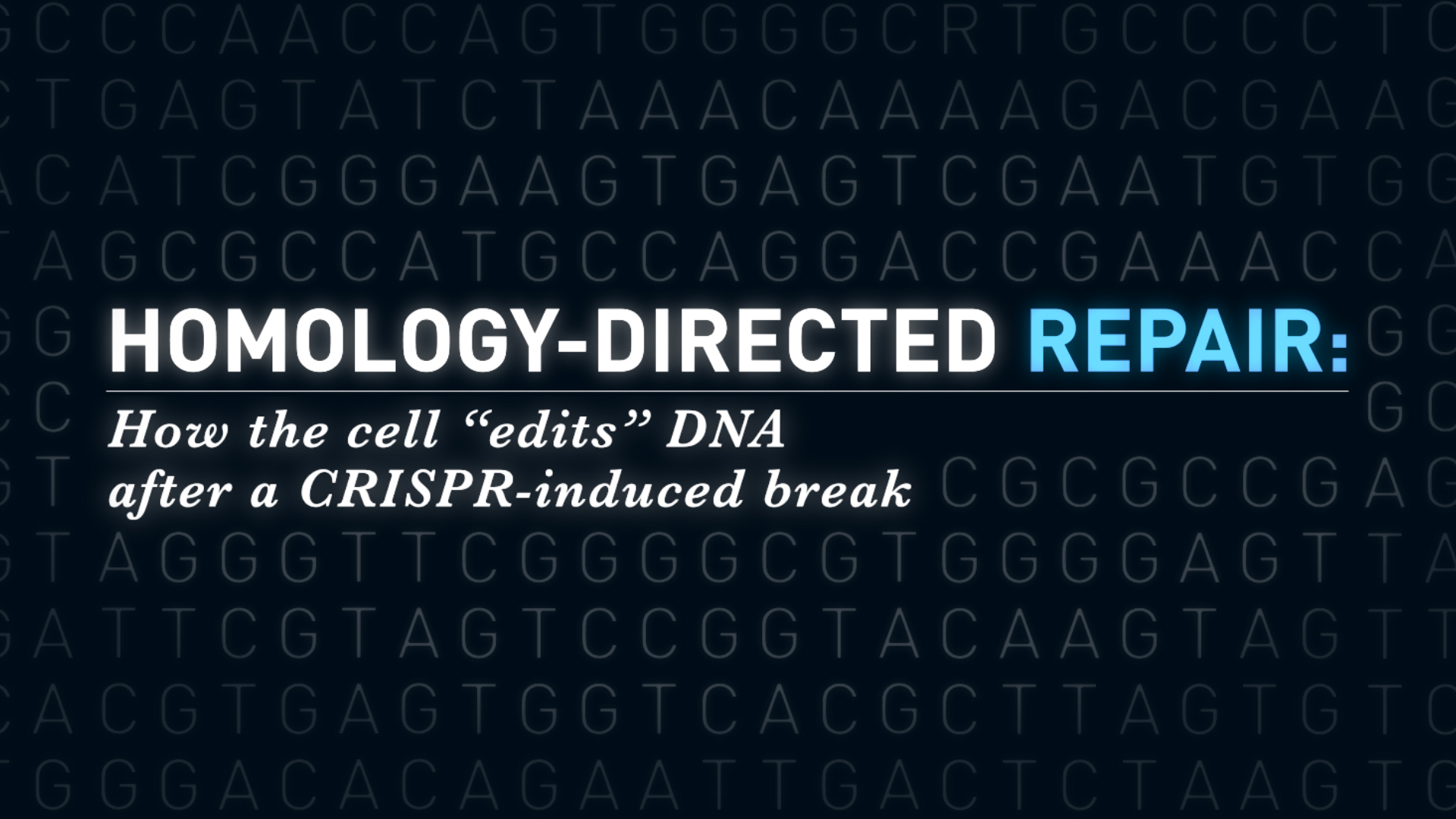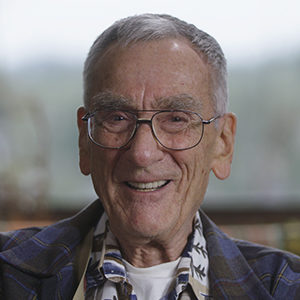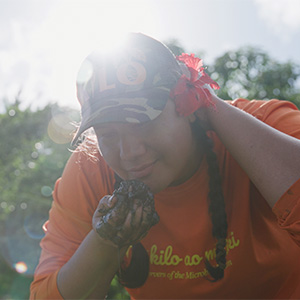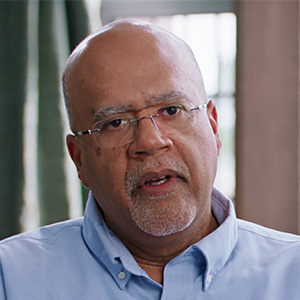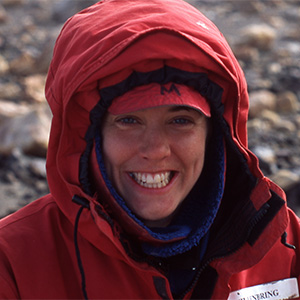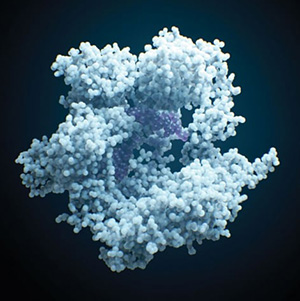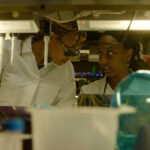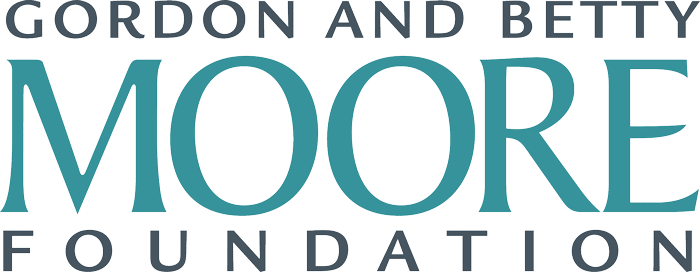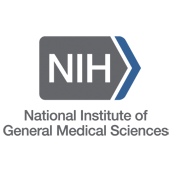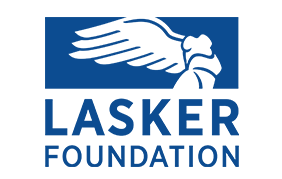Male voice on phone: Jennifer.
Jennifer Doudna, Ph.D.: Bob, good morning.
Male voice on phone: Good morning. Congratulations.
Doudna: (laugh) Thank you so much.
Male voice on phone: When did you find out about this?
Doudna: About 2:53, I think, was the moment. Phone rang and, you know, I picked it up and she said, “Oh my gosh, you don’t know.” And I said, “Know what?” And she said, “You won a Nobel Prize.”
Male voice on phone: This is the first Nobel Prize given only to women.
Doudna: Is that true?
Male voice on phone: Yes.
Doudna: Ever?
Male voice on phone: Ever.
Doudna: Ever?
Emmanuelle Charpentier, Ph.D.: This morning when I received the call from the General Secretary of the Royal Swedish Academy of Sciences, I was extremely emotional and extremely moved as a matter of fact.
Doudna: I’m so proud of the lab. I’m so proud of Berkeley.
Observer: Should I get the sword? (laughter)
Doudna: I might need the sword.
Crowd: One, two, three… CRISPR!
Doudna: I remember having an actual physical, almost electrifying feeling in Puerto Rico in the spring of 2011 when I met Emmanuelle. We were at a CRISPR meeting there, and we took a walk around Old San Juan.
Charpentier: We had a free afternoon, and we went to a part of the city where we discussed different things.
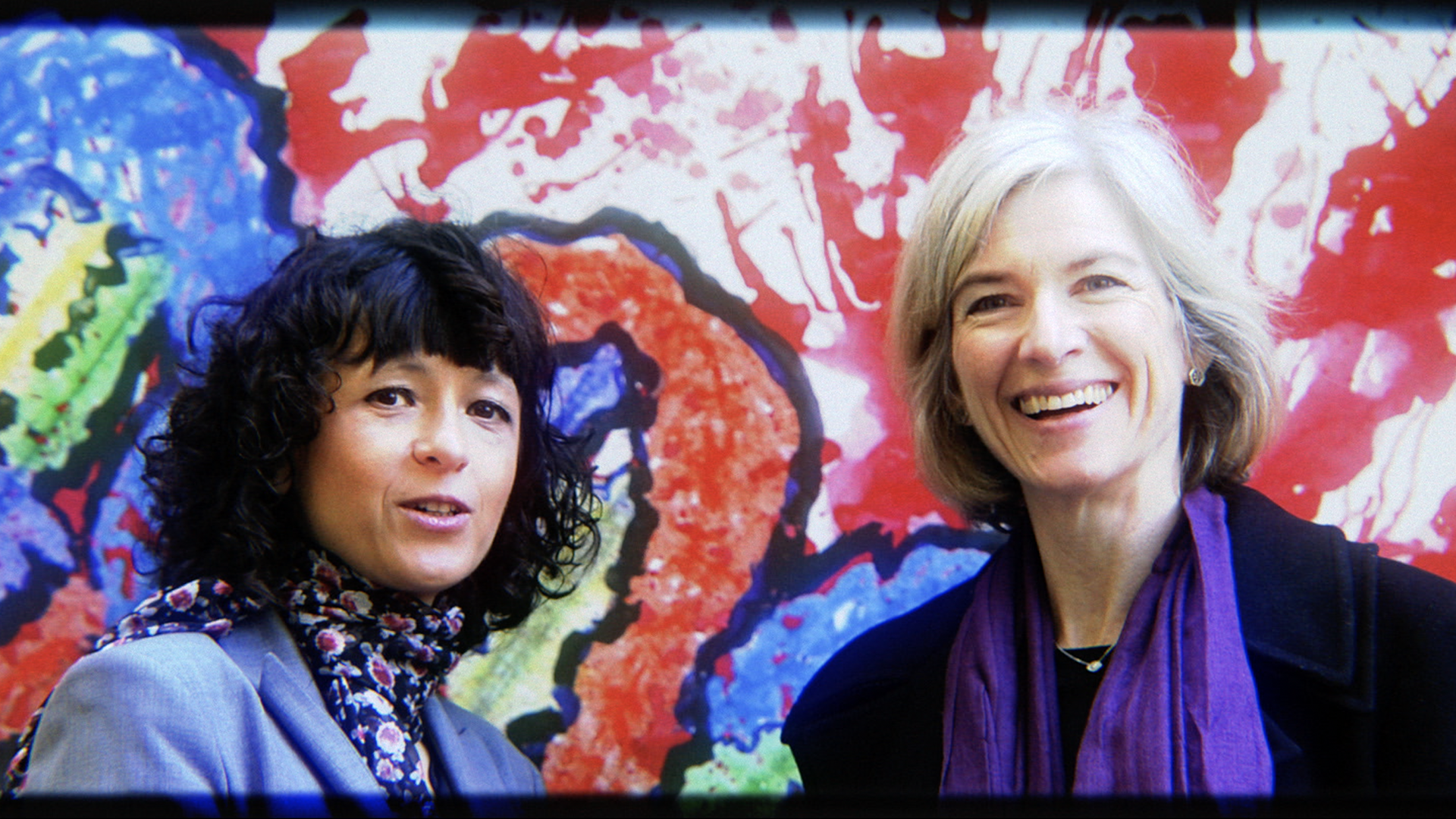
Doudna: And so we were walking around these cobblestone streets and we were just chatting about science. And, she said, you know, I’ve been wanting to talk to you. I’m glad to meet you in person because I’ve been thinking that you might like to collaborate with my lab on a project.
Charpentier: We thought we were speaking the same language in principle, and that we had the same way of approaching science. It was a very nice moment.
Doudna: I love things that not a lot of people are paying attention to, which certainly CRISPR was in its early days. It was an exciting kind of time in the field because, although there was a lot that wasn’t known, it had the feeling of something very interesting.
Charpentier: What was understood is that CRISPR is a bacterial adaptive immune system. Experiments showed that the CRISPR system would allow bacteria to recognize an infection with a virus and ultimately kill the virus.
Doudna: It wasn’t known how the molecules that participate in that CRISPR pathway were working, but it was clear that the CRISPR-associated proteins that are known as Cas somehow seek and destroy viral DNA. We were talking about a protein that at the time was known as Csn1, and now is known as Cas9.
Charpentier: And this mysterious Csn1 protein. Surely, we were predicting the function, but no one could show up to now how it was really working.
Doudna: At the end of the conversation, she said to me, “I think it’s gonna be really fun to work with your lab on this mysterious Csn1.” And just when she said that, “this mysterious Csn1,” I just felt this little chill going down my back.
What we do as scientists is we set up systems in the laboratory and ask, in isolation, what does this particular molecule do? What is its function?
Charpentier: If you do the experiments with the components purified, you bring them together in a test tube and you show that it’s working, then you know that it’s self-sufficient. It’s working like this. You don’t need anything else from the cell.
Doudna: We said, well, let’s see if we can take that strategy. To answer the question, what does this protein called Csn1, now known as Cas9, what does it actually do?
Martin Jinek, Ph.D.: I was a postdoctoral fellow in the lab of Jennifer Doudna when it kind of very organically came together. And so I became the lead on that project in Jennifer’s lab. We had this idea that, okay, the Cas9 protein was somehow going to be cutting DNA, but how exactly it was going to do it, we didn’t know at the time.
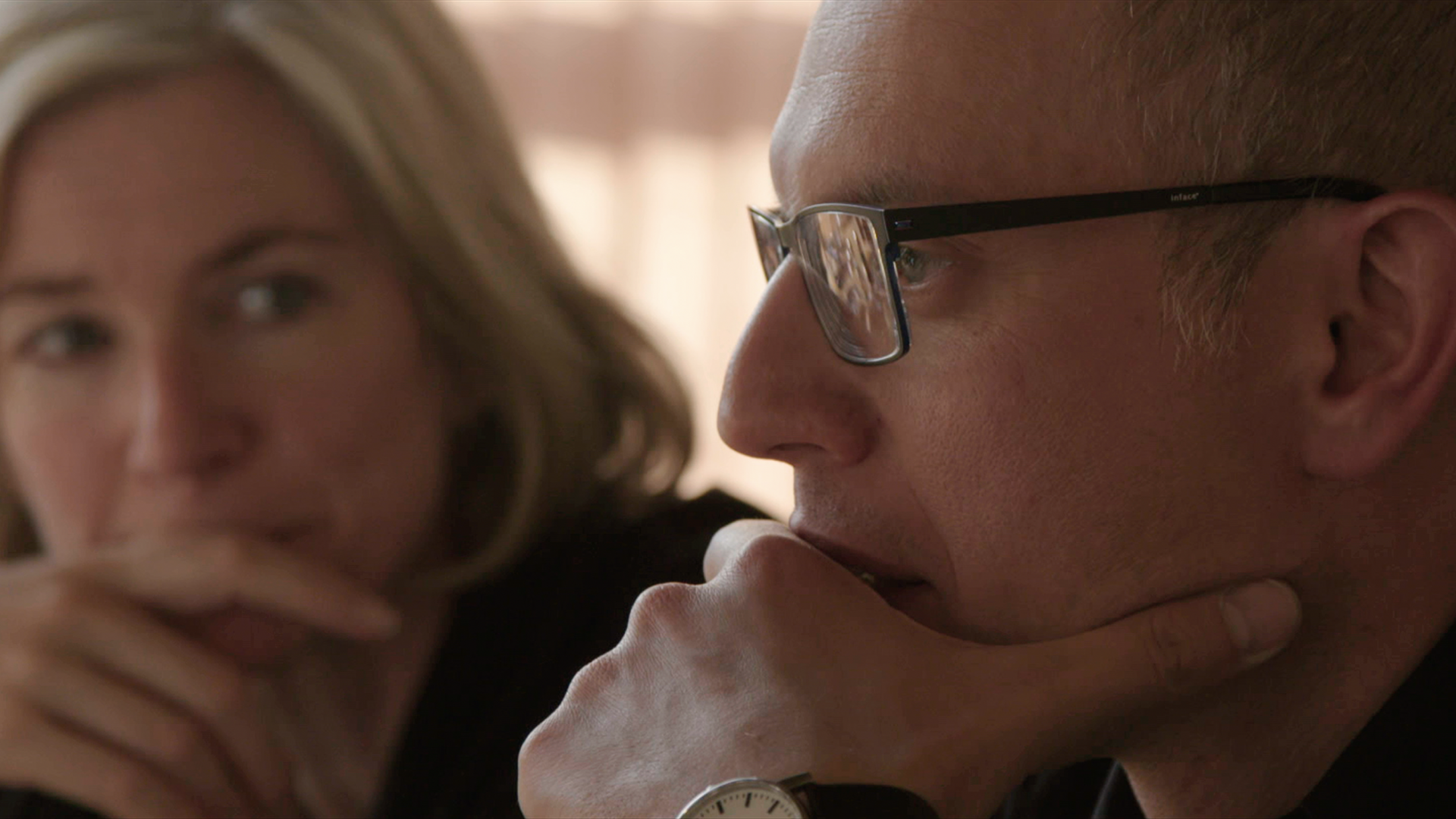
Doudna: We knew that in nature CRISPR systems have CRISPR RNA molecules, which are these little copies of viral DNA, and it seemed like a reasonable hypothesis that the Cas9 protein could use these working copies of RNA to find and destroy viral DNA. We made purified Cas9 protein, and we also made purified CRISPR RNA and then combined them together to see, can Cas9 use letters in the RNA to find a unique DNA sequence and cut it. And initially the answer was no, no dice, nothing working.
Jinek: Um, you know, this is a process of trial and error, right? You have some certain ideas about what you need in order to cut the DNA and so you set up your reaction with a specific set of components and you try to see what happens.
Doudna: We thought maybe there’s something missing from the reaction. There was a second type of RNA that Emmanuelle’s lab had been studying called tracr.
Charpentier: TracrRNA. It was an RNA molecule, which we realized was very abundant in the bacteria.
Doudna: We started wondering maybe it would be important to include the tracer rna, and this was actually an experiment that was first done by Krzysztof Chylinski, the student in Emmanuelle’s Lab.
Charpentier: We had set up an experiment. We did a lot of combinations of different types of RNAs, of Cas9 mutated, and right away we saw, yes, actually tracrRNA can form a duplex with CRISPR RNA and then guide this Cas9 protein to target the DNA to be cleaved. You just need those three components. It will work. When one thinks of a genetic tool, one always wants to have a very minimal small genetic tool.
Jinek: I did a set of experiments that would allow us to fuse the two RNAs together and reduce the complexity of the system. This then led to these experiments with these single molecule, single RNA guide fusions.
Doudna: Martin had made several versions of these single guide RNAs that differed just in the letters of the sequence that would allow Cas9 to find and cut a different piece of DNA. We assumed that Cas9 would be cutting the DNA at five different places. We had an experimental way of looking for the cuts that we call a gel. You can apply an electric field across it, and the pieces of DNA will separate according to their size.
Jinek: You get the image kind of line by line, so it forms in front of you on the screen in real time, and so you’re kind of expecting things to show up in certain places. As soon as that part of the image came through on the scanner, I knew, okay, we have it. It was working exactly as we predicted it would. It was a great moment.
Doudna: We had been able to engineer this thing to be different from how it is in nature and much simpler in a sense.
Jinek: This was a programmable system that you could repurpose for other things, including genome editing. We realized that we were sitting on a story that was going to shake things up. The final weeks in this process were really very very intense.
Doudna: Finishing up the last few experiments and writing up a manuscript.
Charpentier: I was living in Umeå in the north of Sweden. Spring was coming, and so you switch to the full bright days. It’s very disturbing, physiologically speaking, because you never see darkness. You just see like a gray sky. I would have tendency to work a little bit around the clock and to not sleep a lot.
Jinek: We used to call it collaboration by Skype and FedEx. We’d work on a draft during the day. At the end of it, we would send it to Europe, playing ping pong, basically with the manuscript.
Doudna: Maybe there weren’t lots of people working on CRISPR biology, but there were others. It was clearly gonna be a race. We published our paper in Science Magazine in June of that year.
Charpentier: We showed that CRISPR Cas9 brings a simplicity, yet it is a sophisticated system.
Jinek: The field was ready for a transformative tool like Cas9.
Charpentier: It was neat. It was minimal and unexpected.
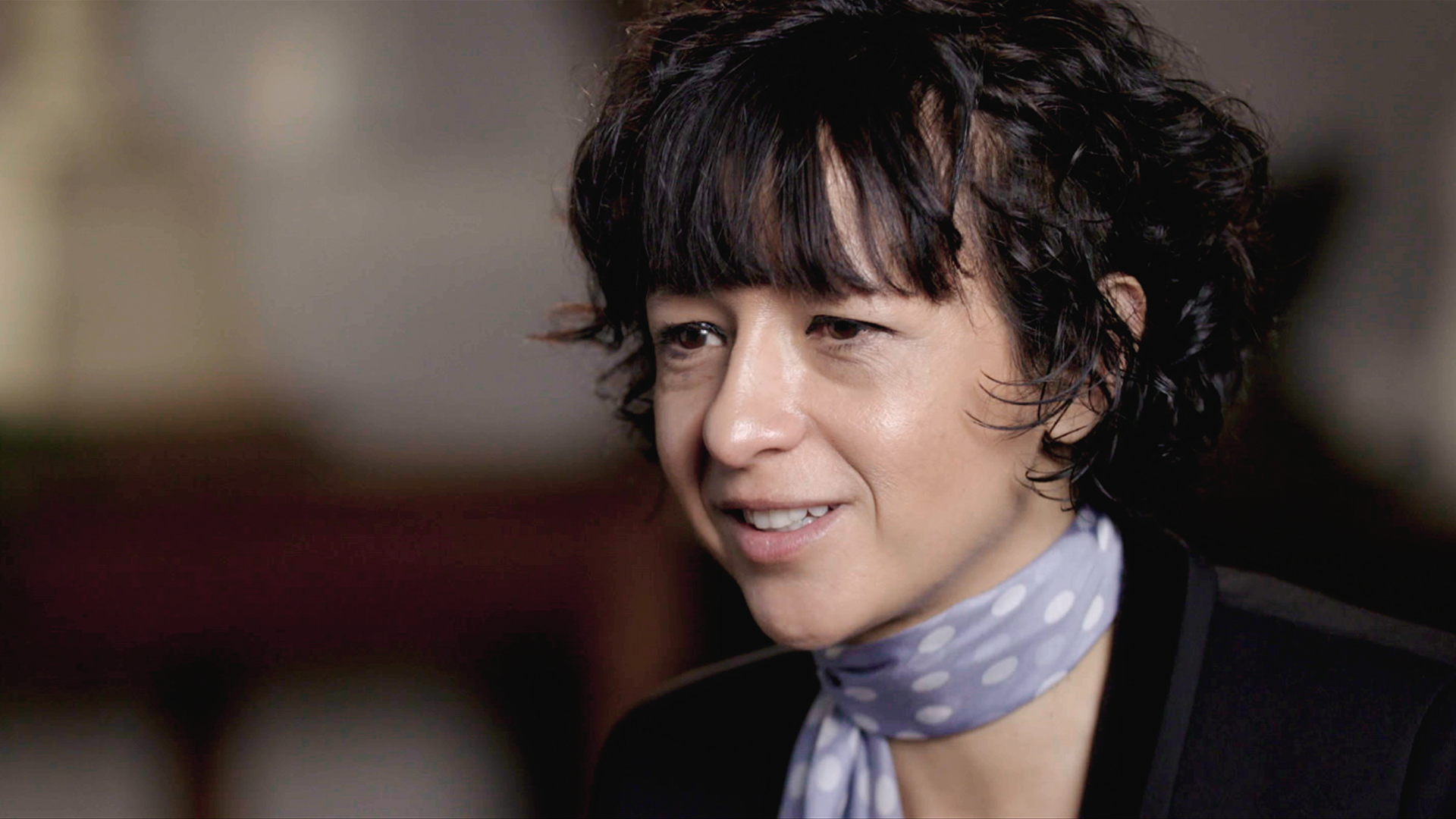
Announcer #1: For harnessing an ancient bacterial immune system as a powerful gene editing technology with wide ranging possibilities for medicine.
Announcer #2: The Breakthrough Prize is awarded to Emmanuelle Charpentier and Jennifer Doudna.
Doudna: Here was something that was truly fascinating, first of all, just fundamentally about nature and then thinking about how you might be able to use that in other settings in other kinds of cells was also incredibly fun.
Charpentier: Very fast we saw publications showing that the technology was working in plant cells and human cells and different model organisms.
Announcer #3: Emmanuelle Charpentier and Jennifer Doudna are bringing a great benefit to humankind in many ways. With the discovery of the CRISPR Cas9 genetic system, it is easy to introduce new genetic information and thereby rewrite the code of life.
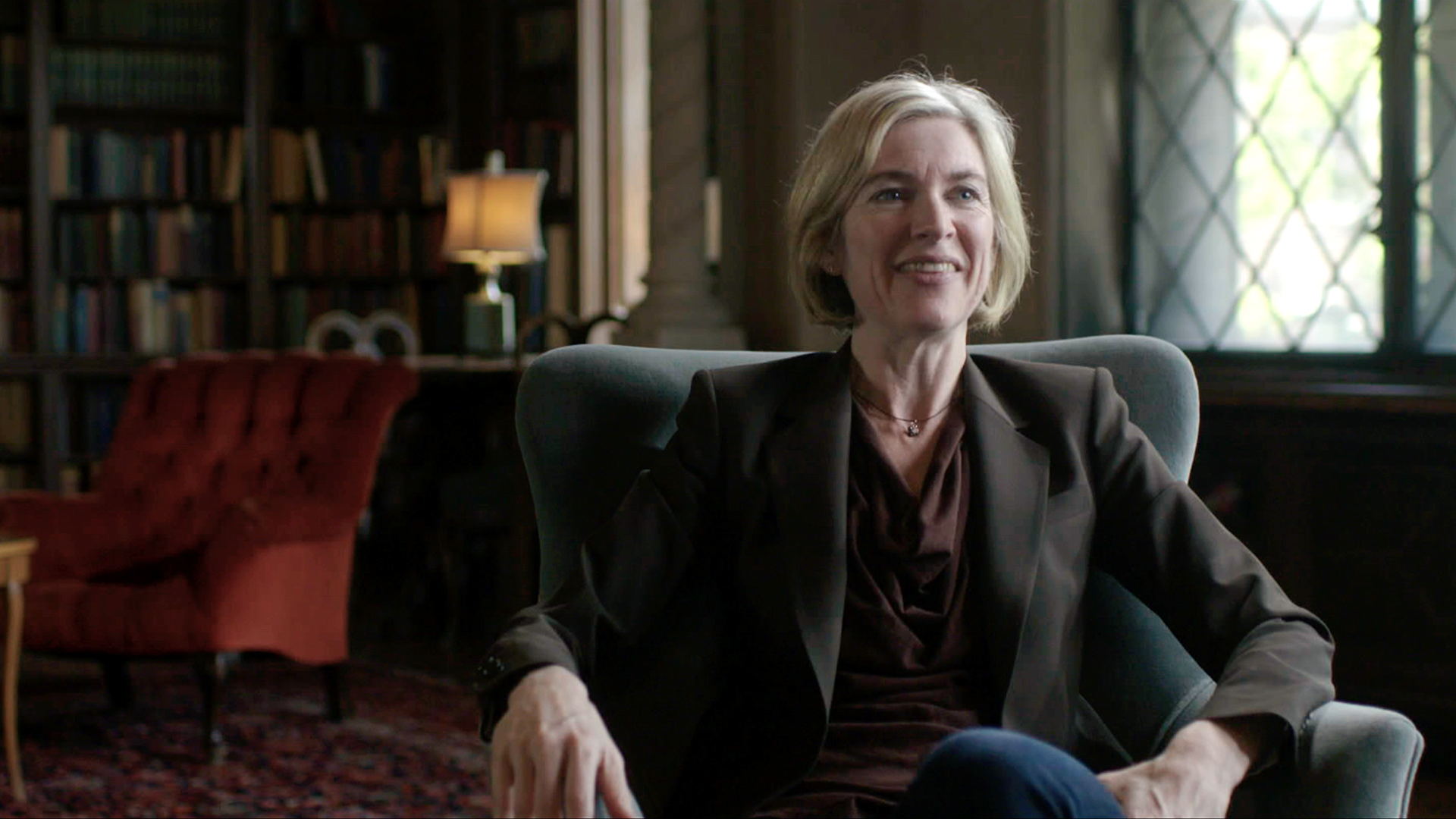
Doudna: You know, we’ve never had in the past the ability to change the fundamental chemical nature of who we are in this way. Right? And now we do, and what do we do with that? Different cultures think about it differently. Even my scientist colleagues thought about it differently. You know, frankly, many of them didn’t want to think about these big picture things I feel.
It made me think a lot about my father, you know? Because my father was a very deeply spiritual kind of person, and he loved to think about these big questions. Who are we and why are we here and what’s the purpose of life? I would often challenge him and say, “Well, who defines what’s right and what’s wrong?” If my dad were alive now and knew about CRISPR, and I could imagine the kinds of conversations that we might get into of that nature. I mean, this is a tool that fundamentally allows us to change our relationship with nature. It actually allows us to change human evolution if we want to, right? It’s that profound.
Jinek M, Chylinski K, Fonfara I, Hauer M, Doudna JA, Charpentier E. A programmable dual-RNA-guided DNA endonuclease in adaptive bacterial immunity. Science. 2012 Aug 17;337(6096):816-21. doi: 10.1126/science.1225829. Epub 2012 Jun 28. PMID: 22745249; PMCID: PMC6286148.
Producers: Shannon Behrman, Sarah Goodwin, Regina Sobel
Cinematographer: Derek Reich
Editor: Lee Rossoff
Graphics: Chris George, Maggie Hubbard
Illustrations adapted from Gb Kim
Additional Camera: Brandon Yadegari Moreno, Asad Faruqi, Alexis Keenan, Eric Kornblum, Tony Rossi, Chris Ungco
Sound: Derek Reich, Michael Jones, Asad Faruqi
Interviews by: Adam Bolt, Elliot Kirschner
Field Producers: Meredith DeSalazar, Sarah Goodwin, Nona McKenna
Associate Producer: Shelley Elizabeth Carter
Executive Producers: Shannon Behrman, Sarah Goodwin, Elliot Kirschner
